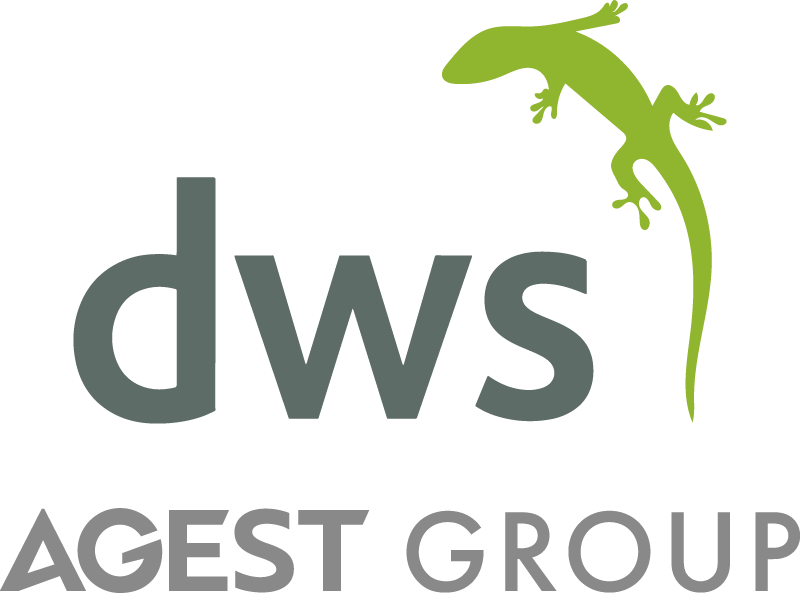by Rachel Fraser
As more and more companies that use JD Edwards EnterpriseOne have moved to Release 9.2, the release that supports Continuous Innovation, they have more choice and control over their implementations than they ever had with prior releases. With 9.2, E1 truly has become enterprise application software for changing and evolving digital enterprises.
With this model of continuous delivery, enhancements to the 9.2 applications are made available as they are completed (as ESUs) and 9.2 updates are more frequent. Users can essentially choose which updates they want to make now and which they want to leave until their next project – supporting those users wanting to continuously innovate.
As each update contains all application patches, enhancements and regulatory updates from the inception of 9.2, missing one update won’t mean that you have to go back and do multiple updates to catch up. This provides greater flexibility for JDE customers looking to take advantage of new features and functionality against a backdrop of budget reductions and IT resource constraints.
The digitizing of operations is not just for ‘power users’ but for everyone, including partners and customers. It allows organizations to automate processes; collecting more data to make more informed decisions, becoming more flexible and responsive to business needs. Neglecting this opportunity, effectively time-locking your systems, will introduce business risk and create a technical debt that will be harder to pay off in the longer term.
A greater degree of control over when an update is carried out doesn’t eliminate the potential risk or disruption associated with any change event. Which is why it’s important to mitigate the risk by checking what the impact of each update will be on your particular system set up. The value of an impact analysis and assessment cannot be underestimated.
The purpose of any analysis and assessment is to evaluate the change event’s impact on the business, processes and downstream projects. Having established an accurate view of their modified footprint, users can then analyze every object, every line of code and every user setting/specification; down to a pixel movement level of detail.
The advantage of this forensic level of analysis is that organizations can ascertain a realistic timescale and budget for the subsequent update work to be carried out. Also, it becomes possible to create a predictable time and cost cadence for these code-current change events, which should be seen as regular maintenance rather than exceptional events.
So Now What?
Now that you’ve completed and digested the findings from your impact analysis and assessment, the next step is to retrofit your custom code, based on the changes delivered by Oracle and your usage of the impacted objects.
At this stage, JDE customers can assess whether to outsource the planning and execution of the uplift or technical retrofit of any modified objects impacted by the updates. Engagement with a partner could be for a one-off project or as a repeatable service, whichever suits the business’ requirements.
Working with a trusted 3rd party provider can provide access to years of experience and expertise in these types of projects. Benefits include guidance on how to make the most of the new features and enhanced functionality, ensuring you see a reduction in your modified footprint, mitigating risk and providing certainty with a project that will run on time and on budget.
In summary, by investing time and resources in the right project you can avoid lagging behind the current code-base and give the business the flexibility and agility to take advantage of the new functionality offered by 9.2. Whether this is a one-off change-event project or a continuous innovation strategy over a period of years.




